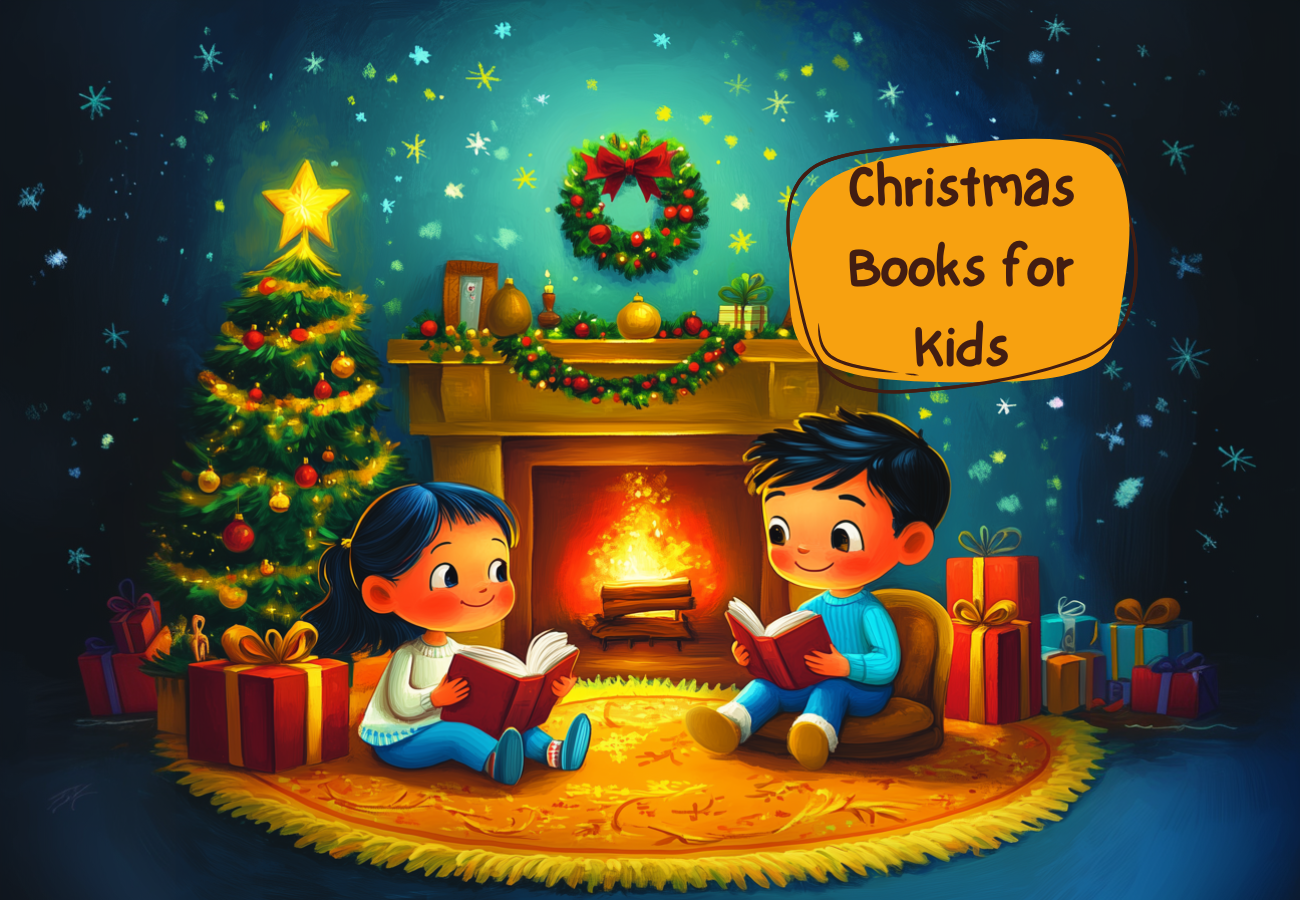Everything You Need to Know About Reward Charts (+ PDF Templates)

Behavioral problems that children have are a source of trouble for many parents. If begging and pleading doesn’t work, parents often resort to yelling at kids. Still, if it makes them calm down for a little while, there is no guarantee that problems disappear in the long run. On the contrary, yelling increases the level of misbehavior. A reward chart for kids is one of the options that help parents maintain discipline. So today, let’s talk about it.
Reward Chart as a Tool for Boosting Good Behavior
The designs of a template are different. Besides, since there are no unified rules, parents are the ones to impose them. There are many ways of using it.
How Does a Reward Chart Work? (On Example)
Tom is 7. He`s a good boy but usually fails to get to school on time. Tom forgets to wash his hands from time to time, and he never makes up his bed. His mom decided to set up a behavior reward system. She looked through the behavior management printable reward charts and decided on one of them. From that moment on, she stopped criticizing her son’s bad behavior. Tom`s mom began focusing on the positive moments instead.
There were points for making a bed and making sure to follow good sleep hygiene, brushing teeth, getting to school on time, washing hands, and so on. She weekly wrote down on a board the number of points received. Three points stood for 15 cents. Tom was free to spend them on his own decision. As a result, his behavior became better. Tom learned new positive habits because he had a motivation for them. By the way, it’s not so easy to motivate children, but the chart works miracles.
The most powerful motivation is intrinsic. Reward charts for kids are, in turn, a source of extrinsic motivation. Still, researchers claim both types of inspiration are connected. Thus, one should have basic skills for learning the intrinsic value of an activity. They are taught with the help of extrinsic motivation tools. Take, for example, reading. A kid may find it exciting and, thus, be intrinsically driven. Yet, there was extrinsic motivation at first, when he received points for reading 10 minutes a day. By the way, kids may complete a survey to find a book they will certainly like.
Free Printable Reward Chart PDF

What Types of Reward Charts for Kids to Choose from?
Sticker Charts
A sticker reward chart is an option for small children up to 6 years of age who focus more on receiving praise. It’s one of the reward charts that can be printed or done by parents themselves. Write down the chores or actions your child should do. Put stickers right after the kid has succeeded. Come up with a reward for a certain amount of stickers.
You may find stickers on the internet or create your own. It can be small squares or disks with cartoon characters. Another option is stickers in the shape of random characters. The only thing that matters is that kids like its design.
Free Printable Bedtime Reward Chart PDF

Color Behavior Chart
It’s one more DIY idea. Create a colorful scale where each color stands for a certain type of behavior. For example, on the red one, there is an inscription “Parents’ choice”. “Chew on it” is an orange one. “Ready to consider parents’ decision” is green, “Great job” is blue and “Outstanding” is yellow. Use a clothespin to point at the color you need. A kid starts his day on a green one. Move the pin up and down to evaluate his behavior. Praise a child when it’s on the yellow one. Decide on the prize he will receive for it. A chart is a good option for preschoolers and toddlers.
Vision boards are also very powerful when you want to know your kids better and motivate them.
Weekly Points Chart
This chart has space for noting points received during a week. There’re various types of designs. It’s up to you to decide which to choose. Besides, instead of stickers or numbers, you can put on a star that is equal to one point. Apply such a reward system for kids older than 5 years. Toddlers and preschoolers may fail to keep in mind how many points they need to reach a goal.
Kids can make up their own charts and mark certain achievements. There is a great example of a kid reaching his goal one step at a time in my book Confidence is My Superpower.
The tasks and chores can be different. Make a list of them. It can be getting up early, reading a book, doing morning exercises, walking a dog, etc.
Setting Up a Reward Chart
Be consistent in setting up a reward system for kids. If you give up this idea after a few days, you bring to naught the importance of fostering good habits. Thus, it needs discipline from parents as well. Here’s a step-by-step guide.
- Decide on a type of reward chart. Download or paint your own chart. If your child is old enough, hang it in his room to make it more private. Discuss together what “currency” you are going to use: points, stickers, marks, etc.
- Make everything clear. Create a list of habits and chores your child should be done with. Avoid generalization and focus on specific details. For example, instead of “tidy up the room” write down such tasks as “pick up your toys”, or “dust a table”.
- Tell children about rewards. Explain to your little one how many points and for what actions he will receive. Let children know if you want to get them back for disobedience and in what quantities. Moving the goalposts without any warning isn’t fair.
- Try it out. Watch how it works for a few days. Make adjustments if needed.
- If your child is doing well, you may reduce the number of tasks or make them more long-lasting. Take, for example, praising a kid each time he does up shoelaces. If it’s like shooting fish in a barrel, you should set more difficult tasks for him. As an option, give stickers every three times he does it.
Everything You Need to Know About the Behavior Reward System
Researchers claim there`re many disadvantages of kids’ behavior charts. According to them, kids are getting used to receiving awards for every deed they do. Plus, they become dependent on the fact, they are always evaluated even if it’s not so. Indeed, it can contribute to promoting neurotic disorders. Yet, it all depends on the way you use a reward chart. Many things in our life can be both useful and harmful depending on the manner it’s applied. Here are some tips:
- Focus on the quality. Don’t encourage your kid to collect as many stickers as possible. The aim is to fulfill the task and get a just reward. It’s OK if there`s only one point a day;
- Don’t compare a child’s achievements with his siblings. You may only compare his success with his own success. It’s a motivation for him to become a better version of himself;
- Make sure that a kid doesn’t wait for the points for all his actions. It would be better if the list on the chart consists of only those tasks which are the most difficult to cope with. In such a way, it will be a kind of roll of honor consisting of kids’ achievements.
The Bottom Line
Trying different solutions to the problem is better than ignoring it. In case your kids have a challenging behavior, use our charts to fix it. Love your children no matter how disobedient they are, and things will straighten out.
More articles

The Impact of Color and Texture on Children’s Emotions, Behavior, and Learning
Children don’t just see their environment — they absorb it. Every color, every texture, and every visual detail around them quietly shapes the way they focus, relax, behave, and even understand their own emotions. While adults often adapt to a space automatically, children respond to it instantly and instinctively. That’s why creating a supportive environment […]

What Is Preschool and Why It Matters for Early Development
Choosing the right preschool is one of the most critical decisions parents make in shaping their child’s early development. In today’s evidence-based educational climate, early childhood education is recognized not merely as preparatory schooling, but as a scientifically validated foundation for cognitive, emotional, and social growth. High-quality programs such as Little Scholars NYC, an established […]

5 Best Christmas Books for Kids to Enjoy This Holiday Season 🎄
Christmas is a magical time of year, and what better way to celebrate the season than by cozying up with your little ones and sharing the joy of holiday stories? Books have the power to bring families together, teach valuable lessons, and fill hearts with the spirit of the season. Here are five of the […]



